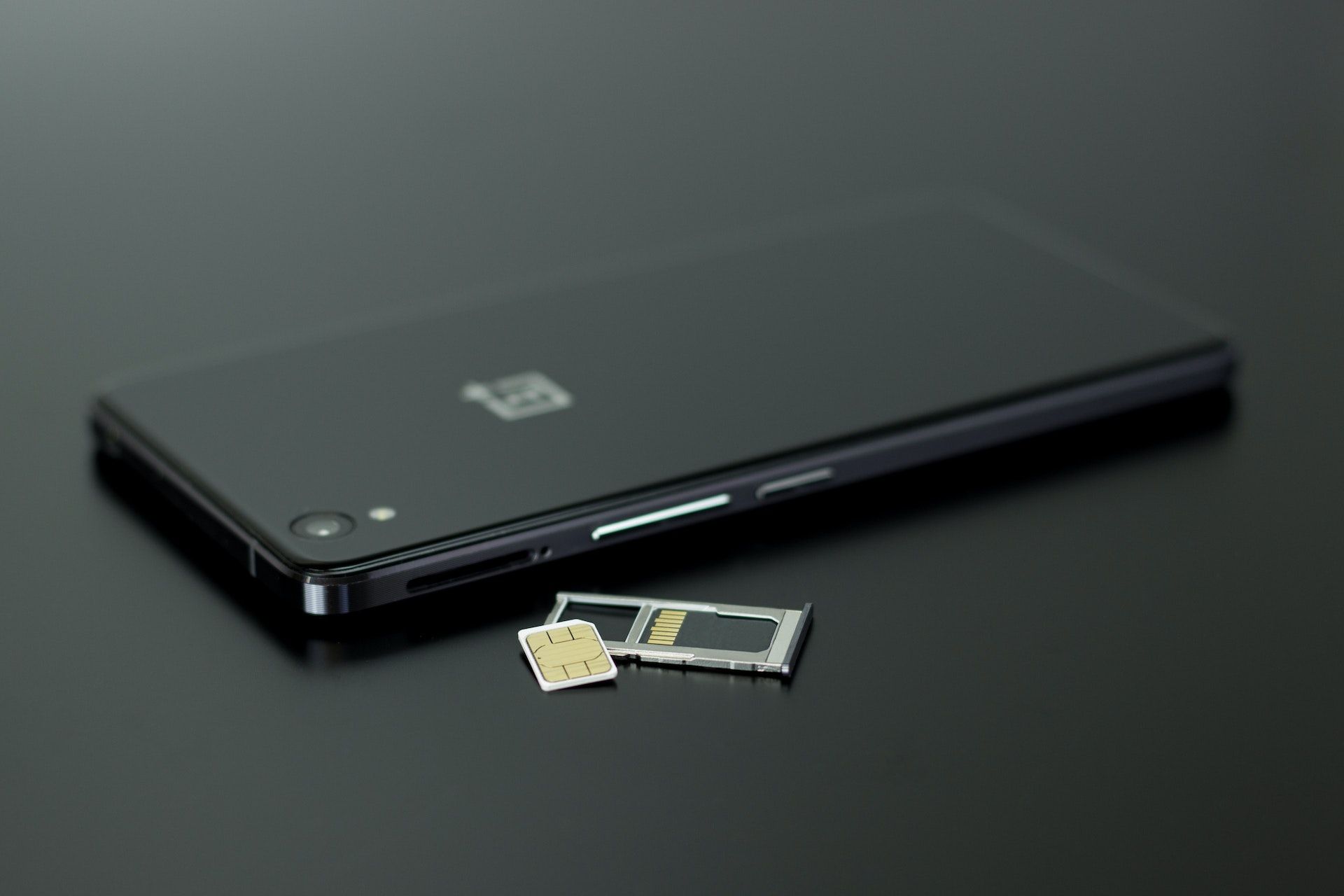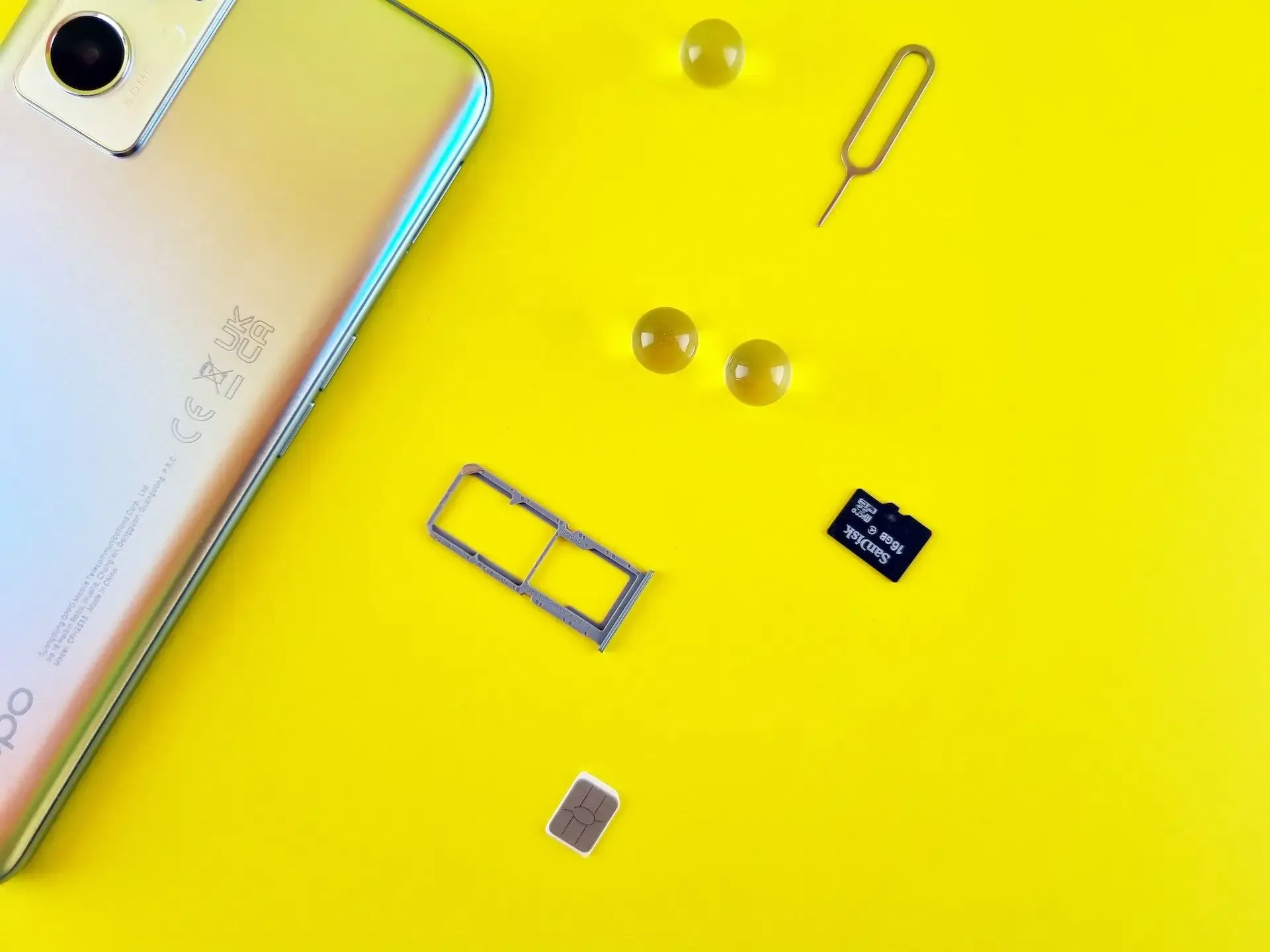eSIM
Can I Use a Physical SIM and eSIM at the Same Time?
Yes, you can use both simultaneously on compatible devices!
Using a physical SIM card and an eSIM at the same time is entirely possible on compatible devices. This dual SIM functionality allows you to maintain two active phone lines on a single device without needing to physically swap SIM cards. For travelers, this means you can keep your home number active while using a local eSIM for data, saving you from expensive roaming charges and ensuring you stay connected wherever you go.
Whether you're a frequent international traveler, a digital nomad, or simply someone who wants the flexibility of managing multiple phone lines, this guide will help you make the most of your device's dual SIM capabilities. We'll walk you through everything you need to know about using physical SIM cards and eSIMs together, including device compatibility, and how to get started with a Nomad travel eSIM for your next adventure.

Understanding eSIM and Physical SIM Technology
Before diving into how to use both technologies together, let's clarify what each one is and how they differ.
What is an eSIM?
An eSIM (embedded SIM) is a digital SIM that's built directly into your device's hardware. Unlike traditional physical SIM cards that need to be inserted and removed, an eSIM is permanently embedded in your phone. The "e" in eSIM stands for "embedded," highlighting its integration into the device itself.
This technology allows you to download and activate cellular plans digitally without needing a physical card. Think of it as a reprogrammable chip that can store your carrier's information and connect you to their network—all without requiring a physical SIM card slot.
How eSIMs Differ from Physical SIM Cards
Physical SIM cards have been the standard for mobile connectivity for decades. These small, removable cards contain the information that identifies you to your carrier's network. In contrast, eSIMs offer several distinct advantages:
Advantages of eSIM Technology
eSIM technology offers several key benefits that make it increasingly popular:
- Convenience: Activate new plans instantly without waiting for physical SIM delivery
- Flexibility: Store multiple eSIM profiles on one device
- Space efficiency: Allows for smaller devices or more internal components
- Environmental impact: Reduces plastic waste from physical SIM cards
- Security: Cannot be physically removed or stolen
- Remote provisioning: Activate service without visiting a store
- Seamless switching: Change between carriers or plans with a few taps
Device Compatibility: Which Phones Support Dual SIM with eSIM?
You can refer to our compatibility tool for a complete list of eSIM-compatible devices to confirm if your phone is supported.
Here's a breakdown of the most popular compatible devices by manufacturer:
iPhone Compatibility
Apple has been a leader in adopting eSIM technology. These iPhone models support using a physical SIM and eSIM simultaneously:
- iPhone 16 Series: All models (16, 16 Plus, 16 Pro, 16 Pro Max)
- iPhone 15 Series: All models (15, 15 Plus, 15 Pro, 15 Pro Max)
- iPhone 14 Series: All models (14, 14 Plus, 14 Pro, 14 Pro Max) Note: US models are eSIM-only
- iPhone 13 Series: All models (13, 13 Mini, 13 Pro, 13 Pro Max)
- iPhone 12 Series: All models (12, 12 Mini, 12 Pro, 12 Pro Max)
- iPhone 11 Series: All models (11, 11 Pro, 11 Pro Max)
- iPhone XS/XR: XS, XS Max, and XR
- iPhone SE: 2nd generation (2020) and newer
Important: iPhones purchased from China or Hong Kong are generally not eSIM-compatible, with limited exceptions (iPhone 13 mini, iPhone 12 mini, iPhone SE 2020, and iPhone XS).
Android Compatibility
The Android ecosystem has increasingly embraced eSIM technology, with these major manufacturers offering compatible devices:
Samsung
- Galaxy S Series: S20 and newer (except S20 FE, S21 FE)
- Galaxy Z Series: All Fold and Flip models
- Galaxy Note Series: Note 20 and Note 20 Ultra
- Select A Series models (A54 5G, A55 5G, etc.)
- All Pixel models from Pixel 3 and newer
- Pixel Fold
Other Major Manufacturers
- Motorola: Razr models, Edge series, select G series
- Xiaomi: 12 series and newer, select Redmi models
- OnePlus: 11, 12 series
- Oppo: Find X3 Pro and newer
- Sony: Xperia 1 IV, 5 IV, and newer models
- Huawei: P40, P40 Pro, Mate 40 Pro
Regional Compatibility Note: Some devices have region-specific eSIM support. For example, certain Pixel models from Australia, Japan, Taiwan, or specific US carriers may not support eSIM functionality.
Carrier Requirements and Restrictions
Even if your device supports eSIM technology, your carrier must also support it. Here are some important considerations:
- Carrier support: Not all carriers support eSIM technology yet, though adoption is growing rapidly.
- Unlocked devices: To use eSIMs from different carriers, your device typically needs to be unlocked.
- Regional availability: eSIM support varies by country and region.
- Plan restrictions: Some carriers may limit which plans are available via eSIM.
- Corporate plans: Enterprise or business plans may have different eSIM policies.
Benefits of Using Physical SIM and eSIM Together
With dual SIM capability, you can:
- Keep your primary phone number accessible for calls and texts
- Avoid roaming charges by using an affordable local eSIM for data when traveling internationally
- Separate work and personal communications on one device
- Maintain connections to two different carriers for optimal coverage
- Switch between plans seamlessly without physically handling SIM cards
Frequently Asked Questions (FAQ)
Do I need to remove my physical SIM card to use an eSIM?
No, you do not need to remove your physical SIM card to use an eSIM. You can keep your physical SIM installed while adding an eSIM. This allows you to use both simultaneously on compatible devices, maintaining access to both phone numbers without physically swapping SIM cards.
Can I use data on both SIMs at the same time?
No, most devices only allow one SIM to use cellular data at a time. You can have both SIMs active for calls and texts simultaneously, but you'll need to designate which SIM to use for data in your device settings. You can switch between them as needed, but only one can provide data connectivity at any given moment.
How many eSIM profiles can I store on my device?
This varies by device model:
- Most iPhones can store 8-10 eSIM profiles but can only have 1-2 active at once (depending on model)
- Google Pixel devices typically store 8-10 profiles
- Samsung devices usually store 5-10 profiles
- Other Android devices vary, typically between 2-10 profiles
While you can store multiple profiles, remember that the number of simultaneously active eSIMs is more limited (typically 1-2).
Will using dual SIM drain my battery faster?
Yes, using dual SIM functionality typically causes somewhat faster battery drain because your device is connecting to and monitoring two networks simultaneously. The impact varies by device, usage patterns, and network conditions, but you might notice approximately 5-15% faster battery consumption compared to using a single SIM.
Can I receive calls on both numbers simultaneously?
This depends on your device and carrier. Most modern dual SIM phones support Dual SIM Dual Standby (DSDS), meaning both SIMs can receive calls, but if you're on a call with one SIM, calls to the other number might go to voicemail. Some high-end devices support Dual SIM Dual Active (DSDA), allowing simultaneous calls, but this is less common.
What happens if I reset my phone?
When you reset your phone:
- Physical SIM remains unaffected
- Installed eSIM profiles typically remain on the device after a reset
- You may need to re-select your default SIM preferences
- Some devices may require eSIM reactivation after a factory reset
- It's recommended to back up your eSIM details before resetting
Can I transfer my eSIM to a new device?
eSIMs cannot be physically transferred between devices like traditional SIM cards. However, many carriers and eSIM providers offer transfer processes:
- Deactivate the eSIM on your old device
- Request a transfer from your provider
- Receive a new activation code or QR code
- Activate the eSIM on your new device
- The specific process varies by provider, and some may charge a fee for transfers.
Get Started with Nomad eSIM
Ready to experience the convenience of using a physical SIM and eSIM together on your next trip? Nomad offers affordable, reliable eSIM plans in over 200 countries, with plans starting from just $1.10/GB.
Check out our comprehensive plans or download the Nomad app to find options tailored to your destination. With instant digital delivery and 24/7 support, you'll be connected and ready to explore in minutes.
If you are unsure about how much data you need for your trip, Nomad also has a Data Calculator that can help you find the plan that is most suitable for you. Also check out our blog post on data-saving tips when traveling to keep your data usage in check when traveling.
Don't let connectivity concerns limit your travel experience. With a Nomad eSIM alongside your regular SIM card, you can stay connected with the people who matter while enjoying affordable local data rates wherever your adventures take you.



